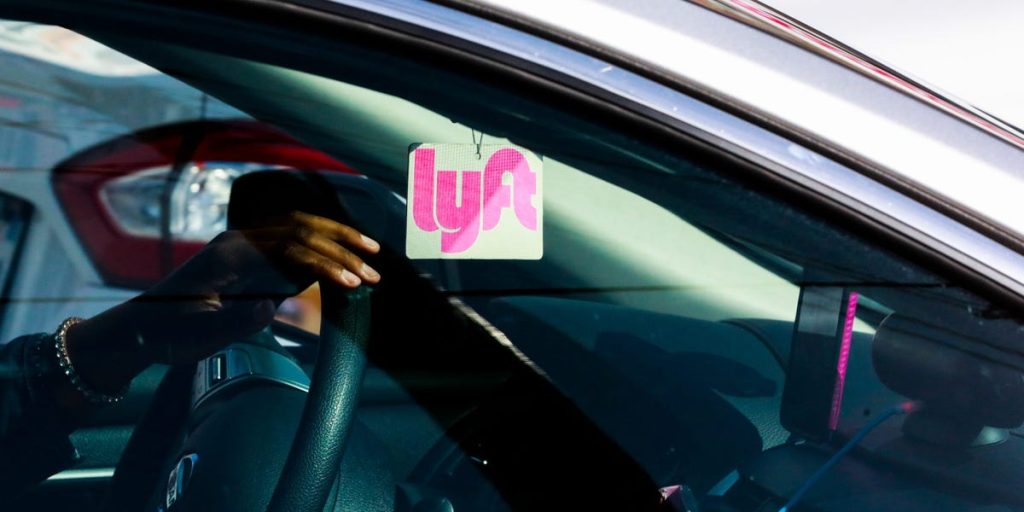Humans might not be driving robotaxis in the future, but that doesn’t mean they won’t be working in them.
Lyft CEO David Risher has floated the idea of a “car tender” who can carry luggage and make drinks as a robotaxi takes passengers from A to B.
“I think there will be fun things that people are going to be doing in the cars that are not just driving. It’s making drinks, it’s telling stories, it’s being the local guy,” Risher said on an episode of The Verge’s “Decoder” podcast published Monday.
Risher said it would be “many, many years” before autonomous vehicles significantly reduce the need for human drivers. And until then, there will be a hybrid period of human drivers and robotaxis, Risher said.
Some ride-hailing drivers worry that robotaxis could replace them. Risher, however, described a future in which they could have multiple ways to earn a living.
One option could be for individuals to put their driverless cars on Lyft’s platform, an idea floated by another Lyft executive to Business Insider last month.
“We want to make sure, for individuals, that they can continue to participate in this gig economy; it’s just that now they can do it in a different way. They don’t have to use their time; they can use their physical asset,” Risher said.
Tesla CEO Elon Musk has also said that Tesla owners could one day add their vehicles to its robotaxi network.
Related stories
Lyft doesn’t create its own autonomous vehicle technology. Instead, it has partnered with companies like Waymo and Baidu.
Risher, who became CEO in 2023, said Lyft has created a “driver accomplishment letter” tool to help drivers get other service-oriented jobs.
Drivers who have completed a certain number of trips can use AI to create a recommendation letter, including details like reliability, to help get work for other service roles, he said.
In June, Lyft announced its first Driver Autonomous Forum, in which a small group of drivers could provide feedback on how the company incorporates autonomous vehicles into its platform.
Uber has also been exploring other ways for gig workers to earn money on its platform. Last month, it expanded its AI-training service with a pilot for drivers in the US.


